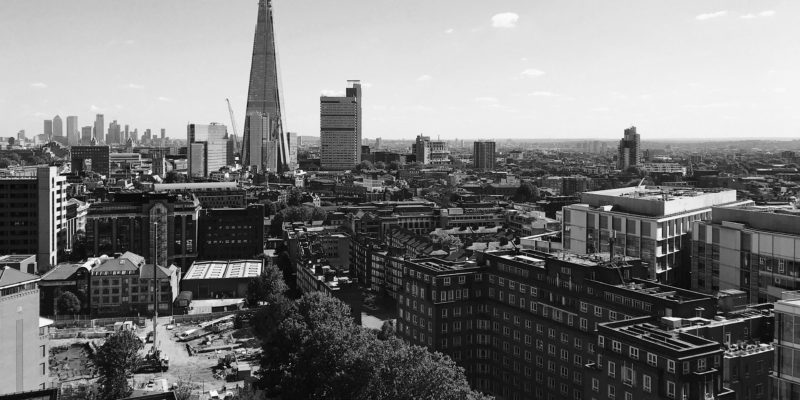The most significant help for the property market is likely to come from a drop in the rate of inflation, which Chancellor Jeremy Hunt stated is expected to fall to its target of 2%, if not lower, within a matter of months.
Spiralling inflation and a seemingly constant increase in the Bank of England base rate between December 2021 and August 2023 saw mortgage rates rise significantly for many. However, if inflation does drop as predicted, the base rate should also reduce, enabling lenders to bring their rates down again.

Several tax changes were announced including:
Multiple dwellings relief – where investors can claim Stamp Duty relief when they buy more than one dwelling in a transaction (or a number of linked transactions) – is going to be scrapped from 6th April 2025.0
Furnished holiday lets tax relief will also be scrapped from 6th April 2025. This relief enables landlords who rent out furnished holiday lets to take the full cost of any mortgage interest payments from rental income and, if they qualify for Business Asset Disposal Relief, they only pay 10% Capital Gains Tax (CGT) when selling.
Higher-rate CGT will drop from 28% to 24%. While lower-rate tax payers are charged CGT at 18% of the rise in the property’s value, higher-rate tax payers pay 28%. The reduction to 24% will be implemented from 6th April 2024.
As mentioned, the biggest help comes from the forecasted fall in inflation to 2% or below, which should ultimately reduce mortgage costs for borrowers.
And whilst the changes to holiday lets will impact the bottom line of some landlords, we believe that some may return to offering longer term tenancies instead – which is good news for families and communities.
Source: Property Notify